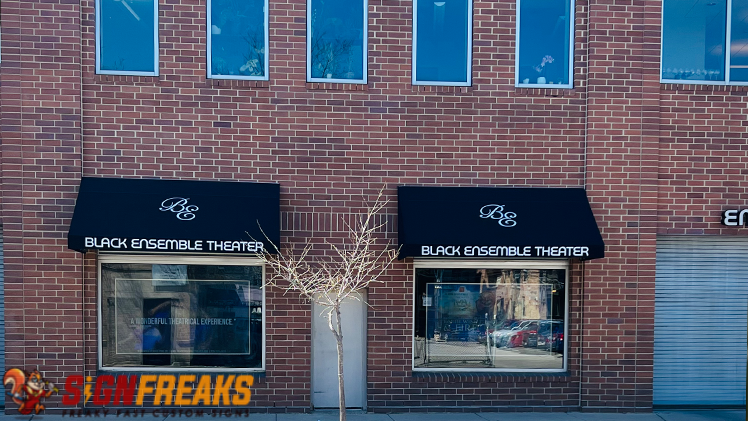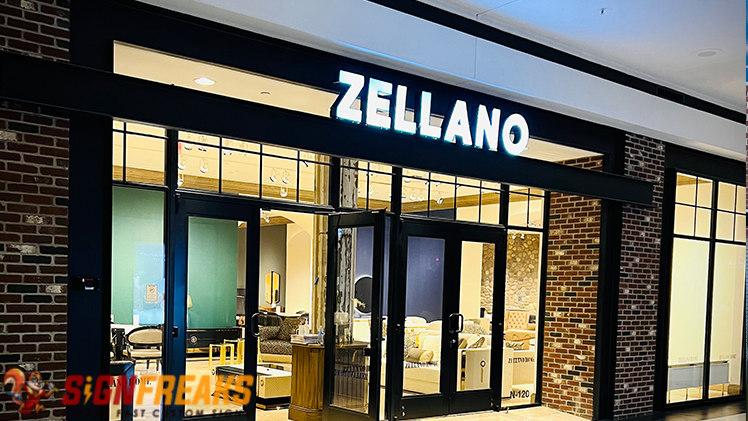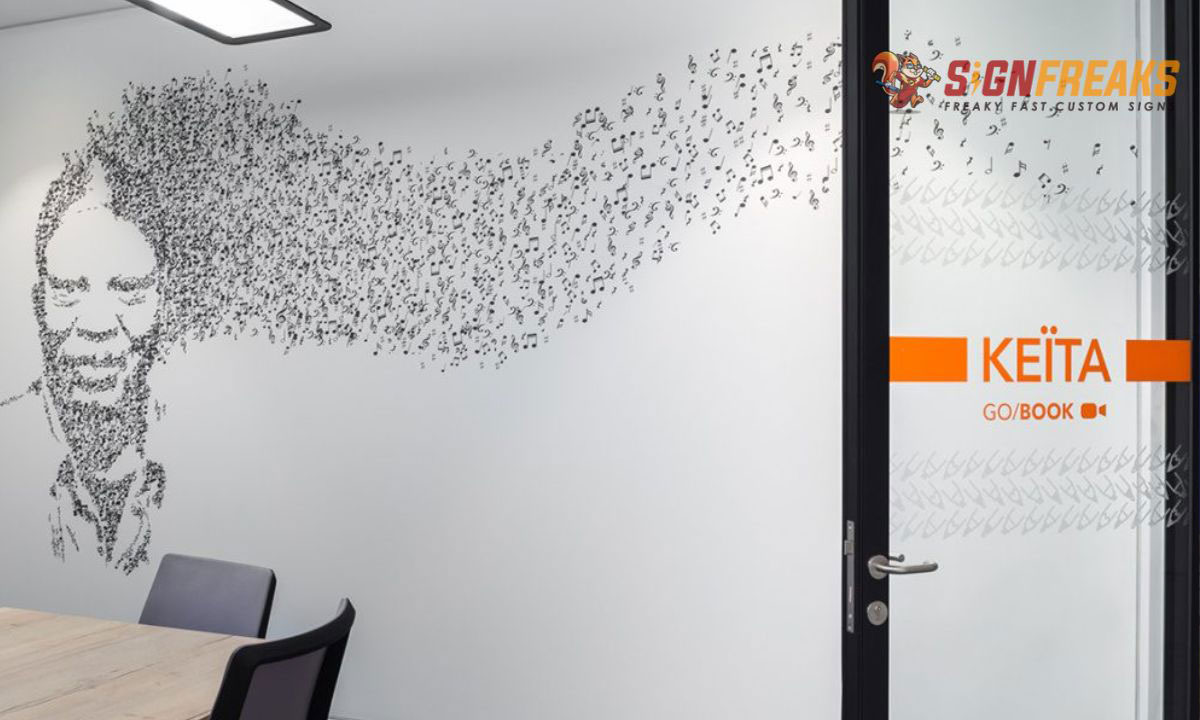Introduction to Portable Awnings
Portable awnings, often seen gracefully extending over windows, patios, and storefronts, are more than just decorative additions to a building’s exterior. These architectural elements, with their rich history, have always played a pivotal role in providing shelter from the elements. Imagine sitting under a café awning, sipping your coffee, shielded from the summer sun, or a sudden drizzle.
This protective feature of commercial awnings is the primary function of awnings. However, in today’s design-centric world, an awning’s role isn’t limited to just protection. It’s an expression of style, a statement of taste. Marrying functionality with aesthetics is not just a trend but a necessity. A well-designed awning not only shields you from the weather but also elevates the ambiance, making any outdoor space instantly more inviting and memorable. In essence, awnings are where practicality meets artistry, offering both shelter and a touch of elegance.
Historical Evolution of Awnings
Awnings, while seemingly modern in their design and utility, trace their roots back to ancient civilizations. The streets of ancient Egypt and Syria were adorned with woven fabrics, providing shade to market stalls and homes, and protecting them from the relentless desert sun. These early awnings were rudimentary, yet they showcased humanity’s innate desire for comfort and shelter.
Fast forward to the Roman Empire, where awnings took on a grander scale. The famous “velarium” was a massive awning that covered the Colosseum, shielding spectators from the Mediterranean sun during gladiatorial games. This engineering marvel was not just about comfort; it was a symbol of Roman ingenuity and opulence.
As centuries passed, the use of portable awnings spread across continents. By the 19th century, they became a common sight in European and American cities, especially with the advent of storefronts. The Industrial Revolution brought with it advancements in materials and mechanisms, allowing awnings to be retractable and more durable.
Today, the evolution of awnings is evident in their multifaceted designs and functionalities. From motorized systems that respond to weather changes to eco-friendly materials that reduce energy consumption, awnings have come a long way.
They are no longer just about protection; they are about enhancing lifestyle, blending seamlessly with modern architecture, and making a statement. This journey from simple fabric covers in ancient markets to sophisticated structures of the 21st century is a testament to mankind’s continuous quest for innovation, comfort, and style.
Types of Awnings and Their Unique Styles
Awnings, with their diverse range and styles, have become an integral part of architectural design. Let’s delve into the various types and how they can be styled to elevate a building’s aesthetics.
-
Retractable Awnings
- Description: As the name suggests, these awnings can be extended or retracted based on need. They are perfect for areas where you might want sun at times and shade at others.
- Styling Tip: Opt for bold patterns or colors that can be showcased when extended and easily hidden when retracted. These awnings can act as temporary statement pieces for your exterior.
-
Stationary Awnings
- Description: Fixed to the building, these awnings are permanent structures, providing consistent shade and protection.
- Styling Tip: Since they’re a permanent fixture, choose a design that complements the building’s architecture. Consider adding side panels for a more defined look.
-
Motorized Awnings
- Description: These are the epitome of convenience, operated with a remote or a switch. Some even come with sensors to automatically adjust based on weather conditions.
- Styling Tip: Go for sleek designs with minimal patterns. The focus here is on functionality, so ensure the awning’s mechanics are seamlessly integrated into its design.
-
Portable Awnings
- Description: Ideal for temporary setups like picnics or beach outings, these can be set up and taken down with ease.
- Styling Tip: Play with vibrant colors and fun patterns. Since they’re not permanent, you can afford to be adventurous with design choices.
-
Canopy Awnings
- Description: Often seen over entrances and windows, these are small and project outwards, forming a canopy.
- Styling Tip: Opt for designs that highlight the entrance. Consider fringes or scalloped edges for a touch of elegance.
Incorporating the right awning type i.e.portable awnings or commercial awnings, tailored to a building’s needs and aesthetics, can transform its appearance. Whether you’re aiming for a modern minimalist look or a vintage charm, there’s an awning style waiting to be unfurled.
Materials and Design Trends For Portable awnings
The choice of material for portable awnings is pivotal, influencing both its functionality and aesthetic appeal. As design trends evolve, so do the materials used, ensuring awnings remain at the intersection of shelter and style.
Popular Materials in Awning Construction:
Fabric:
- Often used for its versatility and range of design options.
- Provides a softer appearance and you can replace it easily to update the look.
Metal (Aluminum or Steel):
- Durable and resistant to extreme weather conditions.
- Offers a sleek, modern look, especially when combined with contemporary architectural designs.
Wood:
- Brings a rustic charm and warmth to the setting.
- Ideal for establishments aiming for a natural or vintage aesthetic.
Polycarbonate and Plastics for Portable Awnings:
- Transparent or tinted options for portable awnings allow for sunlight penetration while offering protection.
- Perfect for creating a modern, futuristic vibe.
Current Design Trends For Portable Awnings:
- Minimalistic Designs:
- Clean lines and neutral colors are in vogue, offering a sophisticated and uncluttered look.
- Eco-friendly Materials:
- With sustainability at the forefront, recycled or sustainable materials are gaining popularity.
- Digital Prints:
- Customized designs, logos, or patterns can be digitally printed on fabric awnings, allowing businesses to brand their space.
- Combination Materials:
- Merging two materials, like fabric with metal edges, creates a unique look that’s both functional and stylish.
The world of awnings is ever-evolving, with materials and designs continuously adapting to the changing preferences of consumers. Whether it’s the rustic allure of wood or the modern sheen of metal, there’s a material and design trend to suit every architectural need, ensuring awnings remain both protective and aesthetically pleasing.
Benefits of Stylish Portable Awnings
Portable awnings or awnings, while primarily functional, have transcended their basic utility to become significant design elements. A well-chosen awning can do wonders for a property, both in terms of aesthetics and branding. Let’s explore the benefits of integrating stylish awnings into your space.
-
Enhanced Curb Appeal:
- Visual Impact: A stylish awning acts as an architectural accessory, adding depth and dimension to a building’s facade. Whether it’s a vibrant color, a unique pattern, or a sleek design, an awning can be the standout feature that draws eyes toward a property.
- Property Value: Just as landscaping or a fresh coat of paint can increase a property’s value, a well-designed awning can too. It signifies care, attention to detail, and an investment in the property’s appearance.
- Branding and Business Visibility:
- Logo and Brand Colors: Businesses can customize awnings with their logo and brand colors, making the establishment easily recognizable. It’s a subtle yet effective form of outdoor advertising.
- Consistent Brand Image: Awnings can be a part of a cohesive brand image. Whether it’s a chain of cafes or retail stores, consistent awning designs across locations reinforce brand identity.
- Visibility in Crowded Spaces: In bustling streets filled with businesses vying for attention, a distinctive awning can set an establishment apart. It acts as a beacon, guiding customers to the doorstep.
Conclusion
In the dynamic realm of architecture and design, awnings have solidified their place as both protective elements and aesthetic enhancers. Beyond mere functionality, they echo a property’s character, amplify branding, and elevate curb appeal. Embracing stylish awnings is an investment in functionality, design, and a lasting first impression. Having a proficient sign company in Chicago can help you to get the best Portable Awnings without a doubt.








